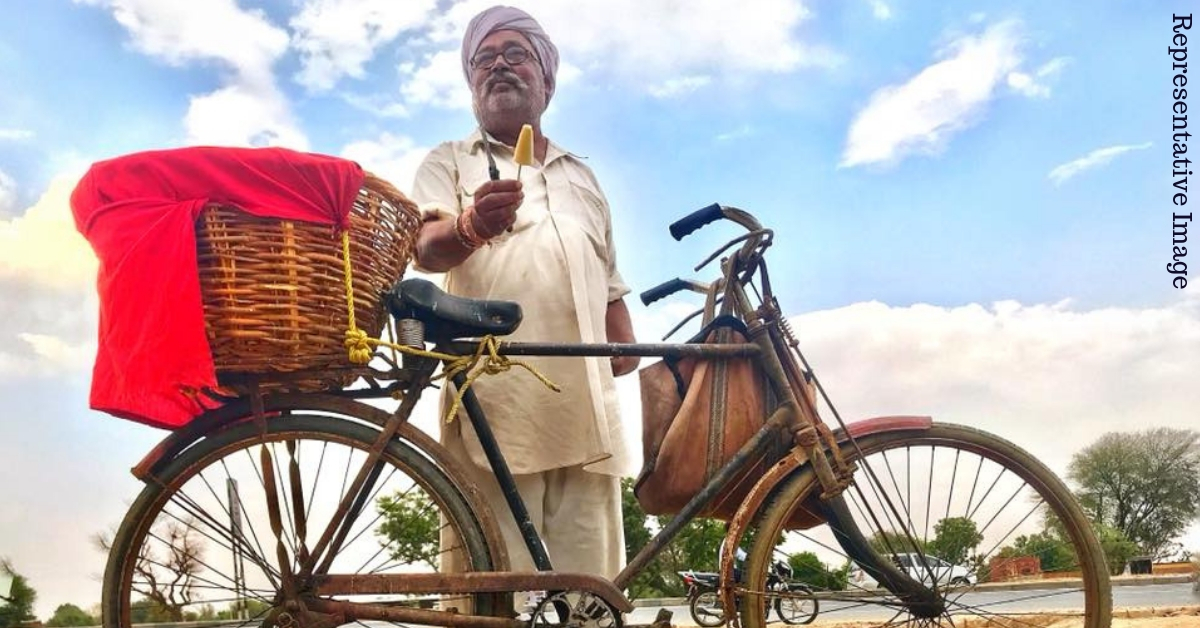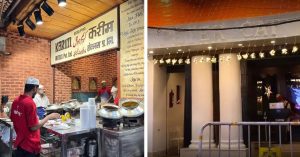Scientists Invent Zero-Power Cooling Method That Can Preserve Food In Remote Locations!
In their initial proof-of-concept testing, the researchers have managed to lower the temperature inside their device by six degrees Celsius, when compared to the temperature outside.

The advent of refrigerators has indeed been a boon. The joys of an iced drink aside, crucially it helps us preserve food for long periods. But there are places where this modern convenience is still a distant dream.
So a system that can keep food and medications cool in remote, hot locations, operate without electricity or fuel, is a certain life safer.
Well, guess what! A group of scientists from the Massachusetts Institute of Technology (MIT) in the US have invented a set-up, using “commonly available low-cost materials” that can do precisely that.
How does the device work?
Since ancient times it has been known that things can be cooled at night or in the shade – away from sunlight.
This cooling happens because heat is radiated out at mid-infrared wavelengths, and the Earth’s atmosphere does not stop these emissions. The emissions shoot out into outer space unimpeded—a natural phenomenon. This leads to a draining of heat—and hence, the cooling.

Though this technically happens at all times, during the day, especially under`direct sunlight, the Sun’s radiation is so strong that it overwhelms this difference. Far from losing heat, items dramatically heat up.
The solution to this is to reflect away all of the Sun’s radiation – no easy task. It can be done, but it is an expensive technique usually done on a large-scale—for entire buildings, for example.
The MIT researchers claim their device achieves this at a low-cost, and within a small area – like a box.
Basically, if you use the team’s methods, the box will reflect most, if not all, of the Sun’s radiation – ensuring the inside of the box gets progressively cooler than its surrounding.
Such techniques are known as ‘passive radiative cooling’.
The work has been published in the science journal Nature Communications. To quote from the paper itself, the system is described as –
“We experimentally demonstrate this approach using a setup comprising a polished aluminium disk that reflects direct solar irradiation and a white infrared-transparent polyethene convection cover that minimises diffuse solar irradiation…The experimental setup fabricated using low-cost readily available materials—polished aluminum, white polyethylene sheet, and commercially available paint—exhibits the simplicity and ease of implementation of the approach.”
You may also like: Indian Space Scientists Discover Ultraviolet Wings of Butterfly Nebula Via AstroSat!
A small metal strip is also suspended above the device to block the direct rays of the sun—to prevent direct heating.
In their initial proof-of-concept testing, the researchers have managed to lower the temperature inside their device by six degrees Celsius—when compared to the temperature outside.
“We built the setup and did experiments outdoors on an MIT rooftop. It was done using simple materials and clearly showed the effectiveness of the system,” said Bikram Bhatia, one of the scientists who helped conceive this device, to Financial Express.
The only limitation cited by the researchers is humidity in the atmosphere that can block a certain amount of infrared emission through the air.
“In a place like Boston, close to the ocean and relatively humid, this constrains the total amount of cooling that can be achieved, limiting it to about 20 degrees Celsius, researchers said. However, in drier deserts or arid environments around the world, the maximum achievable cooling could actually be much greater, potentially as much as 40 degrees Celsius,” they added.
(Edited by Vinayak Hegde)
Like this story? Or have something to share?
Write to us: [email protected]
Connect with us on Facebook and Twitter.
This story made me
- 97
- 121
- 89
- 167
Tell Us More
We bring stories straight from the heart of India, to inspire millions and create a wave of impact. Our positive movement is growing bigger everyday, and we would love for you to join it.
Please contribute whatever you can, every little penny helps our team in bringing you more stories that support dreams and spread hope.



















